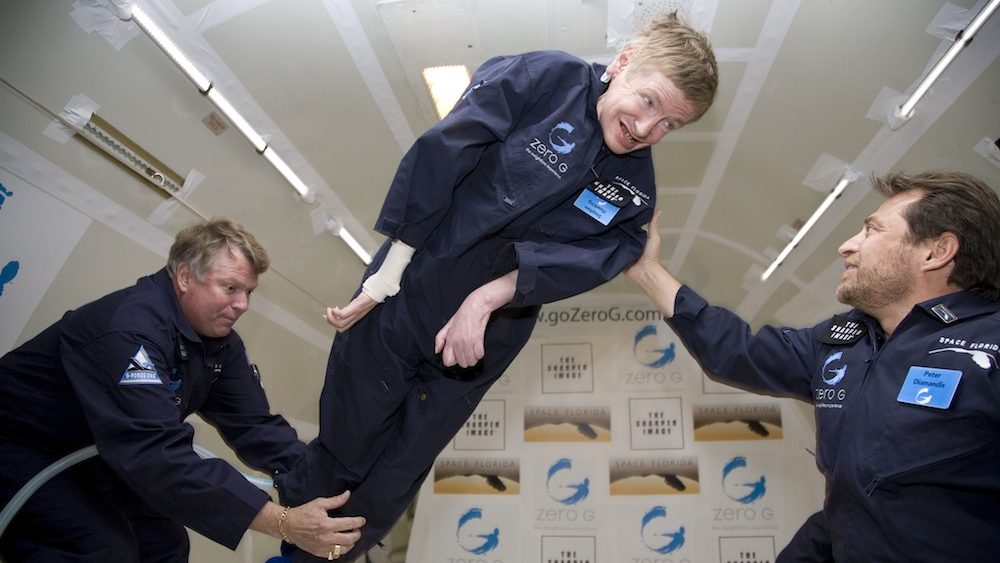Propelling a spaceship with photons would be like trying to energize a spaceship with a flashlight.
Question: Is a photon engine possible? Could it be used to power a spaceship? (Submitted by Serge Andrew Shpad)
Michio Kaku: Okay Serge, some people have dreamed about photon power. It sounds like a great concept, right. It’s a great word, but then you have to realize the practical problems. On Star Trek, they say, “Fire the Photon torpedoes.” Well, what is a photon torpedo? A photon torpedo is a flashlight. Because what is a photon? A photon is a particle of light. That’s all it is.
So you’re basically trying to energize a spaceship with a flashlight. So now you begin to realize the problem. It sounds really neat, it sounds science fiction, but the reality is, the practical engineering is very difficult. Yes, flashlights have an impulse. If you turn on a flashlight you can actually measure the fact that the flashlight is moving slightly because of the impulse created by shooting off photons. But it’s very small. And that’s the trick.
In order to create, for example, a solar cell, you would have to have a sail that is hundreds miles across sailing on photon power coming in on the sun. If you want to have photon engines, you’d have to have gigantic lasers firing energy from one side. And how do you energize these lasers with chemical reactions. So you’re back to the same problem, chemical reactions.
So there is a fundamental problem, where is the energy going to come from? So a photon engines sounds like a great idea, but in practice, photons have very little momentum. So you’d have gigantic solar sails, gigantic laser engines in order to propel them.
Some people say, let’s put them on the Moon. Let’s have a battery of laser engines on the Moon and then the spaceship could be very small. It could be simply a gigantic sail; you shoot lasers from the Moon to a sail and then push that sail into outer space. Well, the advantage is that if the engine is on the Moon, and you’re simply using this engine to push a solar sail to the stars, then you could actually reach a fraction of the speed of light. So that’s something to look at.
Now however, I prefer to use laser power in a different way. What is the fundamental problem of rocketry? The fundamental problem with the space program is in four letters. It’s a dirty word. It is cost, C-O-S-T. It costs $10,000 to put a pound of anything into orbit. That is your weight in gold. You could go to the space station. Yes, you could go into outer space. How much would it cost? Weigh your body in solid gold. And that’s how much it costs for you to go to the space station. And why is that? Because the rocket has to carry it’s own fuel. Fuel is heavy. Something on the order of 90% of the weight of a rocket is rocket fuel. So if you could eliminate the rocket fuel, you could increase the efficiency of the space program by a factor of 10 to 100.
And how can you do that? With lasers. What you do is you have a bank of lasers on the earth firing at a projectile containing water. Water leaks out of a sieve and the laser beams vaporize this water creating thrust. And that shoots the rocket into space. This principle works. It’s been tested as a prototype. We can already do this. But there’s no vested interest. There’s no funding for the laser or the microwave rocket.
So again, the advantage of the laser rocket is the fact that your energy comes from the ground. That is, the projectile does not carry any fuel at all other than water. And by shooting lasers, you can vaporize the water, creating steam, and it simply blasts off on steam. That could reduce the cost of space travel enormously.






